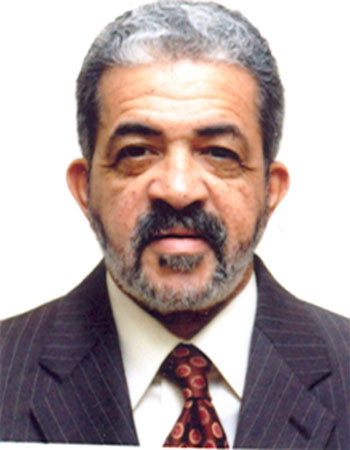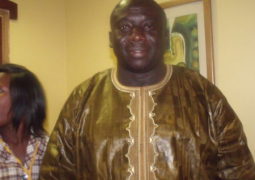
By
The Embassy of United States of America, in partnership with the National Council for Arts and Culture and Peace Corps last Thursday embarked on a day-long tour of the final touches on the current James Island Restoration Project.
In attendance were over 150 community members, who planted mangroves and visited the renovated
Compagnise Franease d'Afrique Noire's (CFAO) building is one of the two buildings, which survived from the period when the French occupied Albreda between 1681 and 1857. Many of their activities had a significant impact on the political and economic life of the African population as well as the
Speaking to journalists, Mrs. Cindy Gregg, the Deputy Chief of
She expressed delight that
"The Ambassadors Fund for Cultural Preservation, the Peace Corps, the World Wildlife Fund and the NCAC have worked together to make this dream of preserving history a reality," she said.
Also, speaking at the occasion was Baba A. Ceesay, the Director of Cultural Heritage under the National Centre for Arts and Culture, said the planting of the mangroves will help protect the building from water.
Madiara Faye, the Project Coordinator in Albreda also disclosed that 700 mangroves plants were grown to protect the building, noting that the mangroves would take three weeks to grow.
For his part, Alagie Manjang of the Department of Parks and Wildlife noted that the decision came to Albreda, through the Peace Corps office in the




